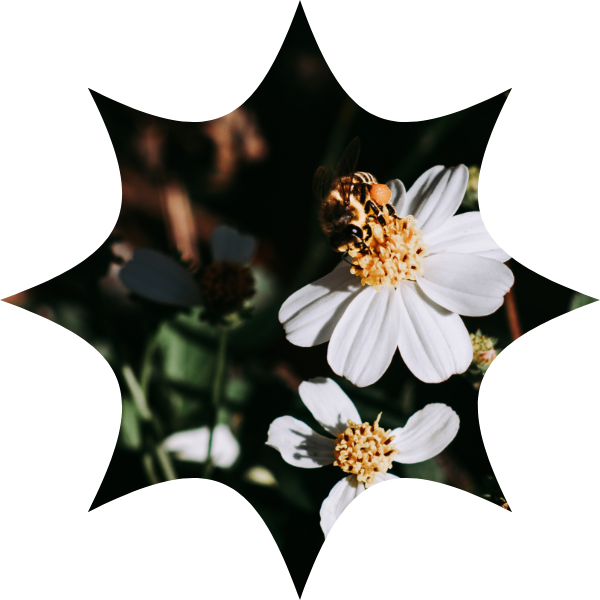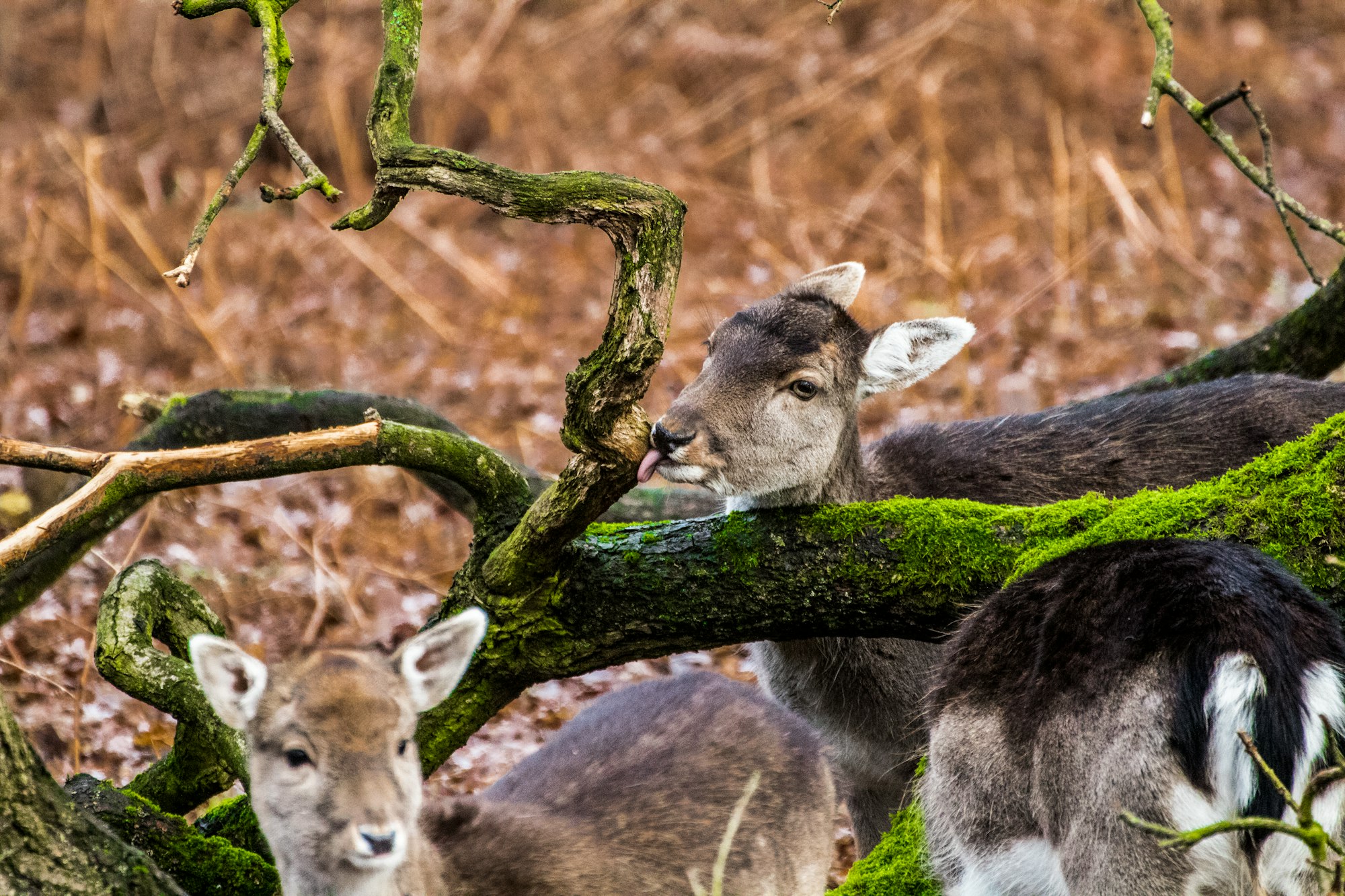How to rewild your garden
Practical steps to restore your backyard ecosystem and why it matters | By Laurie Jackson

Before there were gardens there were beavers, bison and bears—a whole cast of larger than life characters that had a large impact on how the countryside looked and functioned.
Many of these species and the landscapes they knew have been swept away in pursuit of progress. Recently, a murmur has turned into a movement, gaining recognition as a key part of our nature conservation armoury. Rewilding.
What is rewilding?
Put simply, it means: relaxing our grip to repair the land and its natural relationships. This includes physical systems like rivers, which can absorb the power of rains within their floodplains. It could mean herbivorous mammals following seasonal diets over large areas as their ancestors did, drawing a landscape where short turf mingles with scrub and regenerating woodland.
These natural processes: tooth, hoof, water and more, generate variety, providing opportunities for wildlife. These are big ideas for modest spaces. We may not have a herd of cattle, let alone the space for them to thrive, but rewilding is part of a spectrum of ecological restoration and we can use its principles in the way we view, manage and enjoy gardens.
The ONS estimates gardens in British urban areas alone account for over 520,000 hectares. Visualise Dorset, and double it. What an opportunity for rewilding!
So what can you do? When you strip it all back, we all have simple needs: shelter and food. The same is true of wildlife. So how can you help?
1) Bee kind to pollinators
You can maximise opportunities for flower-visiting insects by providing plants that flower from early spring until autumn. A variety of species, including the rose, pea, daisy and mint families, with their diverse flower shapes, will suit different species of bees, hoverflies and butterflies.
Chemicals also disrupt the balance of a garden: giving an edge to competitive plants and indiscriminately stripping a space of insects that pollinate, control pests and nourish birds. By giving up chemicals, our gardens can detoxify.
2) Reduce mowing
Reduced mowing can allow your lawn to meet its destiny as a native meadow. Whilst short grass mimics the preferred areas of horses, natural grazing is uneven and sporadic. Complementing mown patches with uncut grass and flowers provides the vertical and horizontal structure sought by everything from bumblebees to bank voles. Uncut seedheads of teasels, willowherbs and umbellifers are relished by hungry autumn birds, and hollow stems provide a safe haven for invertebrates whiling away the winter.
3) Maintain shrubs like a deer
Refuge is also found in undisturbed areas, such as leaf-litter, tussocks and woody shrubs. Instead of cutting back shrubs every winter, you can nibble around their edges on rotation, much as a deer would. Many shrubs don't flower on first-year growth, and relaxed cutting can increase the profusion of flowers and fruits.

4) Let the deadwood stand
Try and leave deadwood standing; even if you need to reduce its height. Cycles of decay are central to a healthy environment, and deadwood provides nesting opportunities for birds, bees and bats alike. In watching and listening, we can redefine how we see features like rotting wood. On that note: wasps are important pollinators, dandelions a reliable nectar source, and ivy? A crucial provider of autumn pollen and berries.
5) Embrace your inner boar
Healthy soils contain microscopic caverns roamed by springtails, worms and fungi, busily bartering nutrients with plants. No dig systems reduce disturbance, repairing soil structure and filling it with organic matter; locking in carbon. But, by periodically embracing your inner boar with a trowel, or simply wrenching out a fistful of grass, you can provide patches of bare earth, valuable for heat-seeking invertebrates.
6) Cut a hole in your fence
Pigs are also wetland enthusiasts. Creating a pond or damp flush can mimic the hog-effect, providing new habitat quickly colonised by plants and animals. Knowing your surroundings allows you to focus on doing less and contributing to a patchwork of local habitat. There may even be opportunities to join forces with neighbours, and creating access under fences is an easy way to remove a barrier to commuting animals, along with avoiding nocturnal light spill.
--
With the occasional rummage among leaves and logs, you can uncover the mini-dramas unfolding every day in the lives of the species cohabiting your garden. When we reassess fixed expectations about what gardens should look like we give these dynamic ecosystems, and ourselves, space to breathe.
Article by Laurie Jackson (@sussexskipper)
Photo by Marcus Urbenz on Unsplash
Please consider supporting our journalism: https://www.paypal.com/donate?hosted_button_id=FFQ2VNZ6Z6BYG

